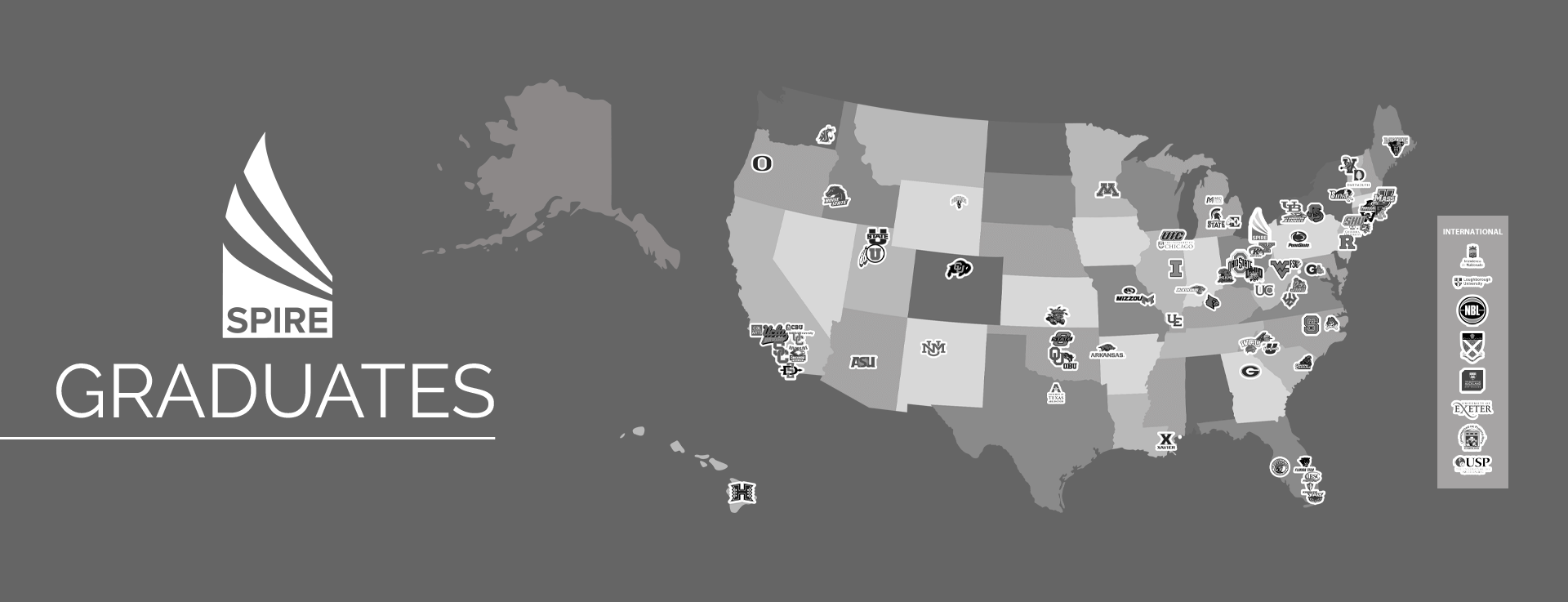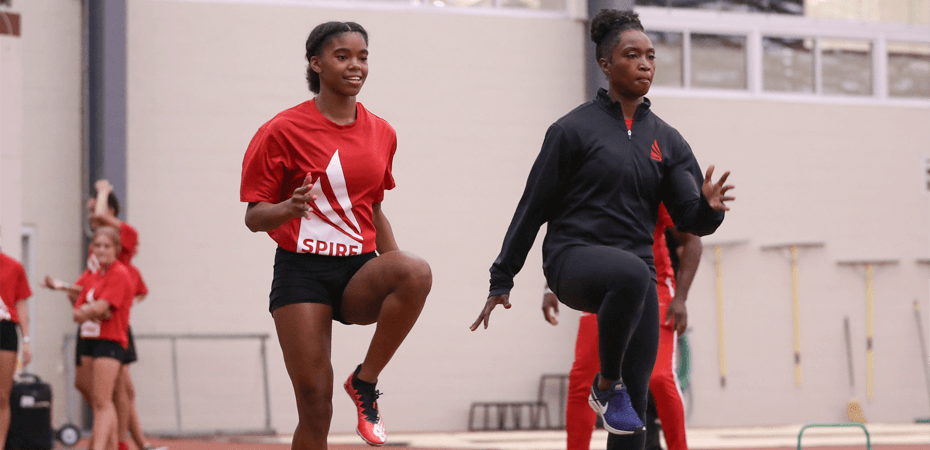Planning and Placement
Track and field is unique in the world of collegiate sports because there is no “typical” recruiting process. Rules vary based on where you live as well as where the school is located at which you want to compete. In addition, every track event is scouted differently. For example, a distance runner will be evaluated on different criteria than a sprinter or hurdler will.
Knowing how to navigate the track and field recruiting process may give you a potential advantage over other student athletes who are not as familiar with the requirements. SPIRE has created a resource to help you during your college planning and placement process that will help you learn how to get noticed, meet deadlines, and stay on track.
If you take away nothing else, remember this: in track and field—as in all collegiate sports—you need to take charge of your own recruiting. Narrow down the schools you’d like to attend and compete for. Then, take responsibility for introducing yourself to your sport’s decision-makers at these schools. Keep yourself in front of them in a professional, respectful way with regular emails or phone calls. Work hard to improve your athletic performance but on track in the classroom at the same time.


